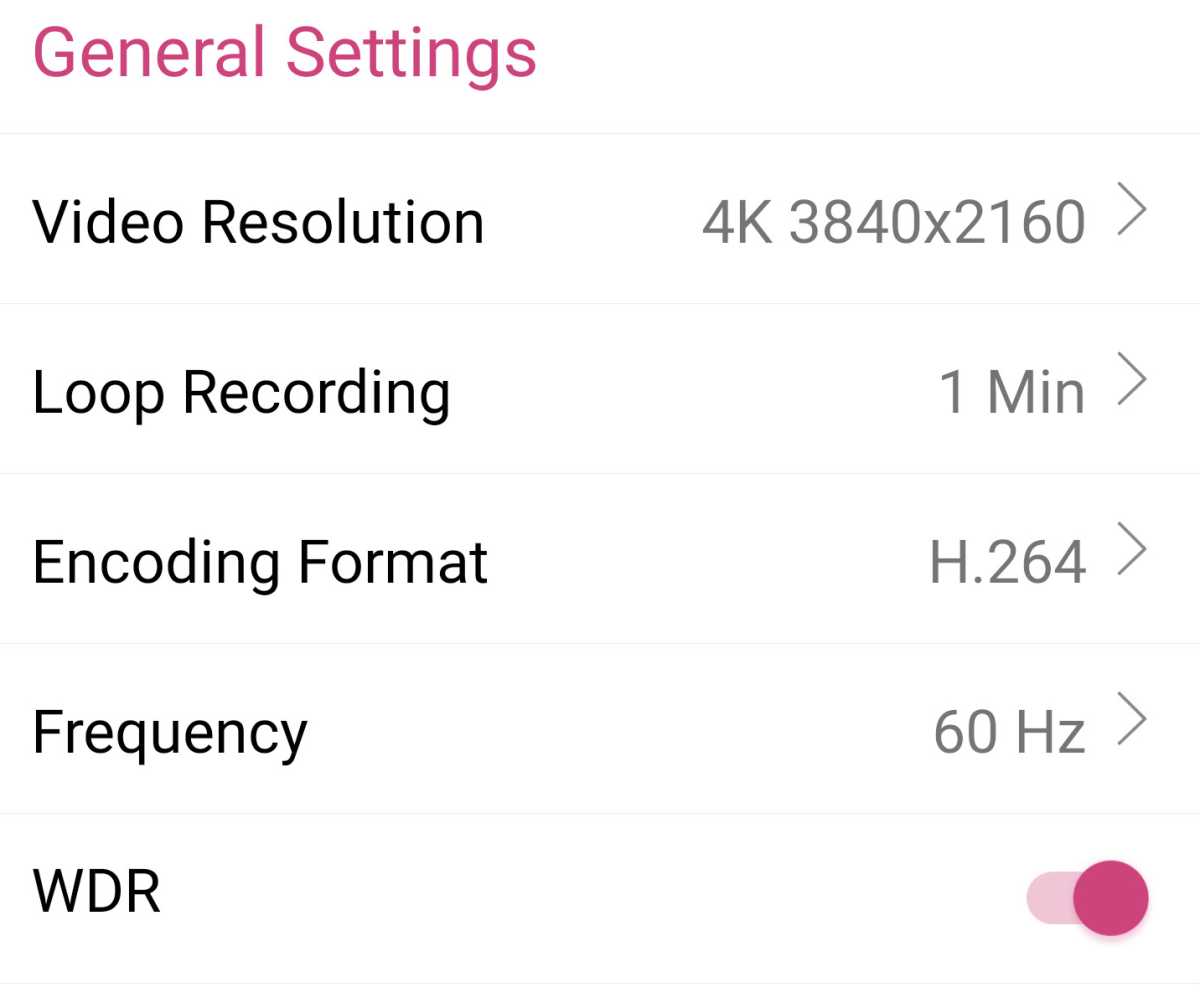Dive into the world of music production with FL Studio, a powerful digital audio workstation that’s perfect for both beginners and experienced musicians. This comprehensive guide will walk you through the essential steps to get started, from downloading and installing the software to creating your first track. With FL Studio, you have the tools at your fingertips to compose, edit, and refine your musical ideas into polished pieces ready for the world to hear.
To begin your musical journey, visit the FL Studio official website and download the version that matches your operating system. Once the download is complete, run the installer and follow the on-screen instructions to get FL Studio up and running on your computer. This straightforward setup process is the first step toward unleashing your creative potential.
What’s new in FL Studio
Upon launching FL Studio, you’ll be greeted by its intricate interface, which is thoughtfully divided into different sections. Each section serves a unique purpose in the music creation process. The Channel Rack is where you’ll add instruments, the Piano Roll is for editing melodies, and the Mixer is for fine-tuning your sound. Spend some time getting to know these areas, as they are crucial for navigating the software effectively.
FL Studio music mixer for beginners
Here are some other articles you may find of interest on the subject of creating, mixing and generating music :
Crafting your first melody is an exciting milestone. Start by selecting an instrument in the Channel Rack and then move to the Piano Roll to place and manipulate notes. This is the stage where you can experiment with note lengths and positions to shape the melody to your liking.
Once you have a melody, you can start building your song. Create patterns for different elements of your track, such as basslines or chord progressions, and organize them with labels. These patterns can then be arranged in the Playlist, which acts as the canvas for your song’s structure.
No track is complete without rhythm, and drums play a vital role in bringing that to life. Add drum samples to the Channel Rack and design patterns that complement your melody. If your song needs a bassline, you can record it using a MIDI controller or your computer’s keyboard, directly into FL Studio.
If you plan to include vocals in your track, record them using a microphone and then route the recording to the Mixer. This is where you can adjust levels, rename channels for better organization, and apply effects to enhance your sound.
When you’re happy with your creation, it’s time to share it with the world. Go to the File menu, choose the export option, select your preferred audio format, and set the desired quality. FL Studio will process your song, and you’ll have a high-quality audio file ready for distribution.
Creating music is a process that encourages trial and error, and with FL Studio, you have a sandbox to explore and express your musical ideas. As you spend more time with the software, you’ll discover your unique sound and produce tracks that truly represent your artistic vision. Keep practicing, and relish the adventure that is music production.
Filed Under: Guides, Top News
Latest togetherbe Deals
Disclosure: Some of our articles include affiliate links. If you buy something through one of these links, togetherbe may earn an affiliate commission. Learn about our Disclosure Policy.






